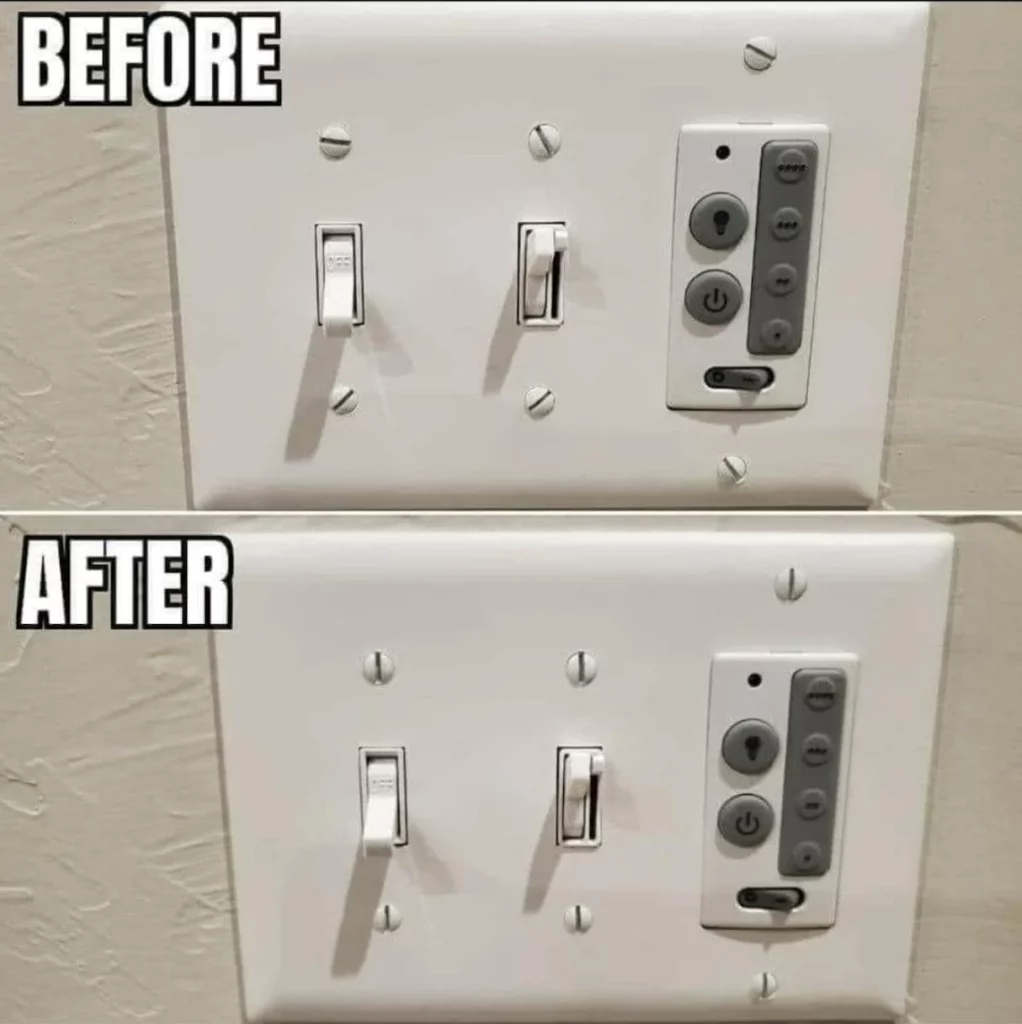A friend sent me this photo and said, “developers be like:”

I stared at it for a long time before finally seeing the difference in the two light switch panels.
Someone applied a flathead screwdriver, or perhaps a thin coin, to the screws that fasten the cover.
Where each fastener had been haphazardly positioned before, now all six were uniform. Each is pointed vertically, perpendicular to the base of the panel. It’s a thing of beauty, really.
Was my friend suggesting that every developer is OCD? Perhaps.
That’s obviously not true all the time. I’m a developer, and I’m neither obsessive nor compulsive.
(Except with the dishwasher. I mean, there’s definitely a right way to load a dishwasher, right?)
What I think my friend was getting at is that developers improve the world around them. They notice problems—yes, even small ones—and find elegant solutions.
Developers enjoy thinking through problems. They love a good puzzle.
Show them a situation where the screws are misaligned. They’ll come up with several methods to put them back the “right way.”
And they appreciate the same from your content. They want to see that you understand the problems and review the tradeoffs you considered with your solutions.
It’s impossible to stand out when your content approaches the problems like everyone else.
Or worse, when you go straight to your one and only “magic bullet” solution.
As developers see more AI-generated content, they’ll become even more skeptical of these generic approaches.
Here’s the thing: your point of view matters more than ever.
Whether you’re working with LLM generators or crafting every word, your point of view helps you avoid the most common mistakes with technical content.
Show developers a world where the screws line up. Or explain to them what they’re missing with that approach.
Either way, have a point of view and use it to attract the right technical audience to your product.